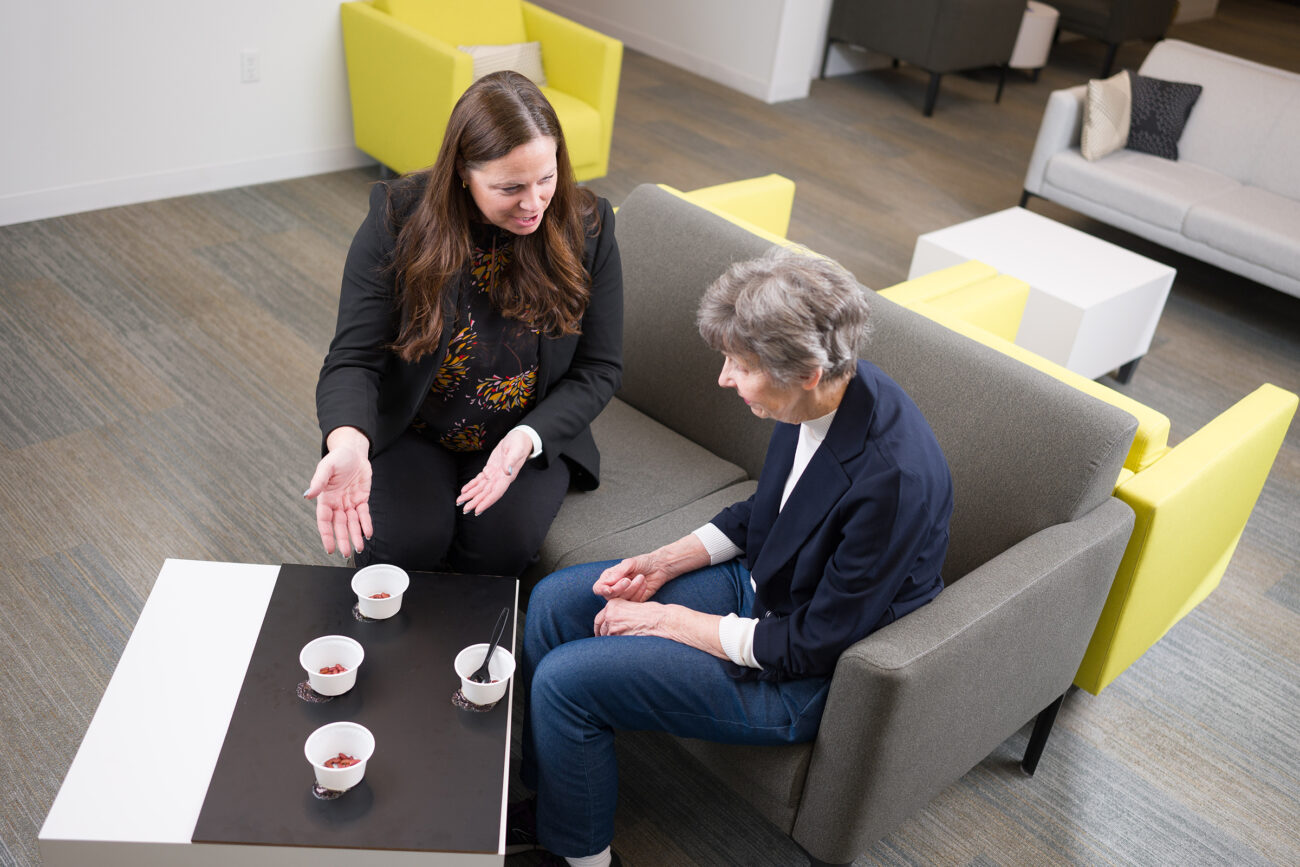More Than Meets The Eye
Toxins are everywhere, said Jennifer Peeples in the 44th annual Honors Program Last Lecture on Sept. 25.
More than we are even capable of imagining, she said in her presentation, “Picture Your Poison.” Much, much more. Peeples, professor of communication studies, discussed visual symbols, signs, photographs, and videos that shape our understanding of toxicity and create what she called “toxic imaginary.” But toxins are real, so why imaginary?
“The term ‘imagined’ is used in theories to understand how people make decisions and act when it comes to entities that are too large or complicated for individuals to know in their entirety,” she said.
The challenge is that we need to take action to keep ourselves healthy every day. To do this, we create a toxic imaginary that works like shorthand to help us decide what to put in our mouths, when to wash our hands, and what products or activities to avoid. The problem is when these symbols “become domesticated—a mere decoration” or lack meaning across cultures, such as the way radiation or biohazard signs are used as rock band insignias on t-shirts. While we may rely upon symbols to help us comprehend dangers, the ability to communicate the complexities of the dangers posed is daunting.
Common toxins found in our bodies include compounds such as those found in paints, lead, arsenic, mercury, asbestos, and insecticides, some of which babies absorb in the womb. As of 2016, only nine chemicals of 84,000 registered with the U.S. Environmental Protection Agency, have been banned. Why is that?
“Invisible things are hurting us, but if we can’t see them, we are less likely to worry about them,” Peeples said.
Listen to her talk in full at honors.usu.edu/get-involved/last-lecture/index.
– John DeVilbiss





